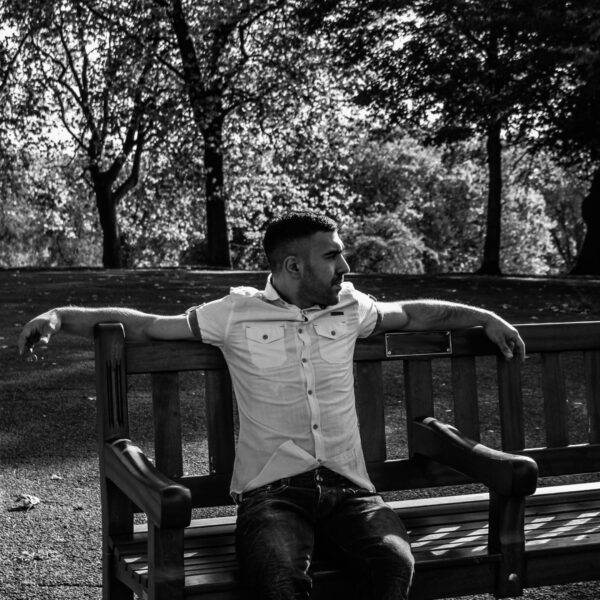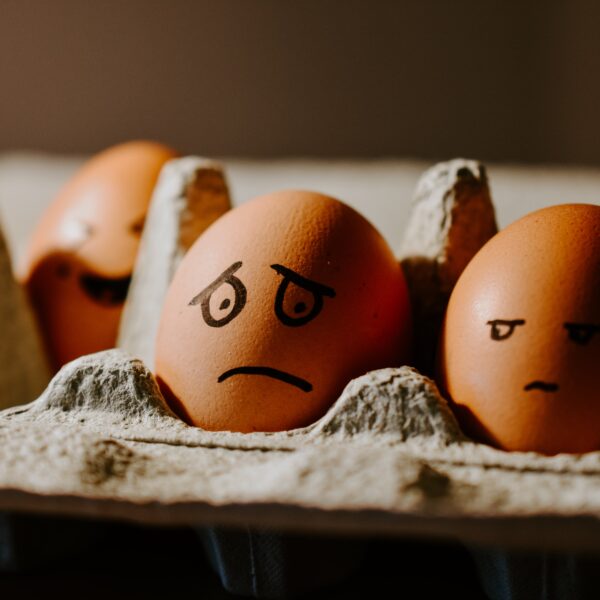If someone is involved in a slip and fall accident, they may fail a lawsuit to receive compensation. Unfortunately, many of these claims are unsuccessful. One of the main reasons for this is a lack of preparation from the plaintiff’s attorney. Keep reading to learn more about the main elements of any slip and fall case. These are the things that an accident victim must prove to have a chance of a successful claim.
Many accident victims believe that since they fell on someone else’s property, they can sue. However, this isn’t always the case. Plaintiffs, with help from their personal injury lawyer, must provide adequate evidence to provide the four elements found below in a slip and fall case. Keep reading to learn what these four elements are.
1. Duty
Put simply duty basically means that the owner or occupier of the property has a responsibility to maintain the premises. They must also address conditions that could cause harm. This must be within reasonable means. Owed duty comes from evaluating if the owner or occupier should have had or had control of the premises where and when the slip and fall accident occurred. Properties, where the owner and manager are not the same may face issues if an accident occurs. Arguments may occur when trying to determine who had control of the premises when the injury occurred. If owed duty is not proven, the plaintiff is unable to win the case.
2. Notice
This is an important issue that must be shown in any slip and fall case. A plaintiff’s attorney will call on an expert to testify to the industry practices regarding inspection, hazard prevention, and maintenance procedures. If the defendant deviated from the industry norm, it could be possible to prove improper premises maintenance and management, which resulted in the dangerous condition.
3. Dangerous Condition
It may seem a bit obvious to an injured person that some type of dangerous condition existed when the slip and fall accident occurred. While this is true, it still must be proven. The injured person has to prove the defendant knew or should have known about the dangerous condition that was present. The defendant may have taken care of the condition, but did not, which created the unreasonable hazard, leading to the injury. Another important thing that must be proven along with this is that the premises were being used as intended -; in a matter expected. Dangerous conditions have to be proven to be different from minor defects, such as traditional wear and tear, which does not create the potential for harm.
4. Damages
Some people don’t report an accident occurred until a later date when the injuries become obvious. However, just claiming that the injuries were because of the slip and fall accident is not enough. It is necessary to have sufficient proof that a dangerous condition was potentially responsible for diagnosed injuries.
If someone is injured after a slip and fall accident, it is essential to take action right away. Hiring an attorney will help minimize the issues a person’s faces and ensure the necessary evidence and proof is acquired. Being informed is the best way to ensure that an accident victim knows what to do after they are injured because of a slip and fall-related injury.
Image Credits: Claim Accident Services




Like this article? Share with your friends!